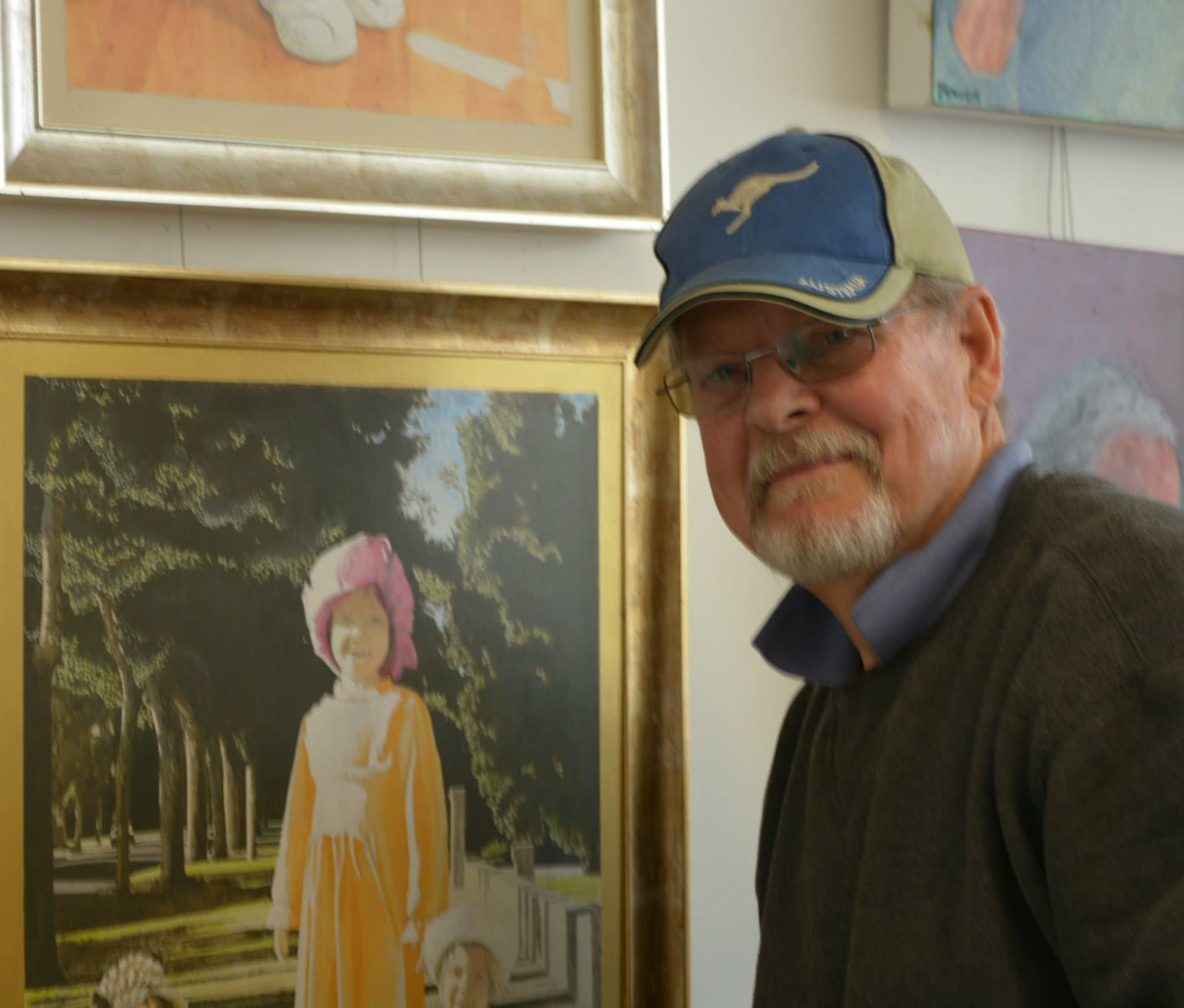Welcome to my website!
Hi everyone.
My story is like that of so many people I have come to know, who draw or paint for pleasure.
Starting in primary and secondary school years, my interest in art had to be put aside for studies more suited to building a career, only to return in later years when time and opportunity to pursue personal interests finally became available.
There was a valuable upside to this – namely a more developed capacity to listen, learn and emulate, plus a greater sense of the value of time. But, where to start, which subjects, styles or mediums? Following instincts, studying various artists and styles in artbooks can help to identify likes and dislikes, but preferences and tastes may well change over time as skills are acquired.
Developing a learning plan with the assistance of tutors, and joining classes or workshops to provide opportunities to work and discuss with like-minded persons, but also setting personal challenges, has to be the quickest way to develop skills and confidence in your art practice.
With best wishes,


Adult learning
If your main interest is landscape, outdoor studies, weather permitting, are invaluable for observing the Mediterranean type, high ultraviolet (UV) quality of Australian natural light, but it can be captured quite readily by photography and worked up in a well-lit studio.
If portraiture is your goal, enrol for both life drawing and portraiture and study them simultaneously, studying from live reference. This is, invariably, in a group setting, unless you choose to hire models for your personal requirements. While it is fair to say that no time spent before the easel is ever wasted, allocation of adequate time to purposeful body language, the role hands play, and facial expression are an essential to narrative but this depends to a large extent on the experience of convenors/organisers and the membership.
With regards to facial expression, to which an amazing number of muscles positioned in the forehead, eyelids, cheeks, nose, mouth, chin and neck contribute, expressions are so fleeting they can literally only be captured by photography, and preferably video. There is a lot of piffle spoken about photography “freezing” expression, which it can, but photographers will talk to you about “capturing the moment” where body language, hands, facial expression and the surrounding negative space somehow all come together. So include photography as part of your workup.